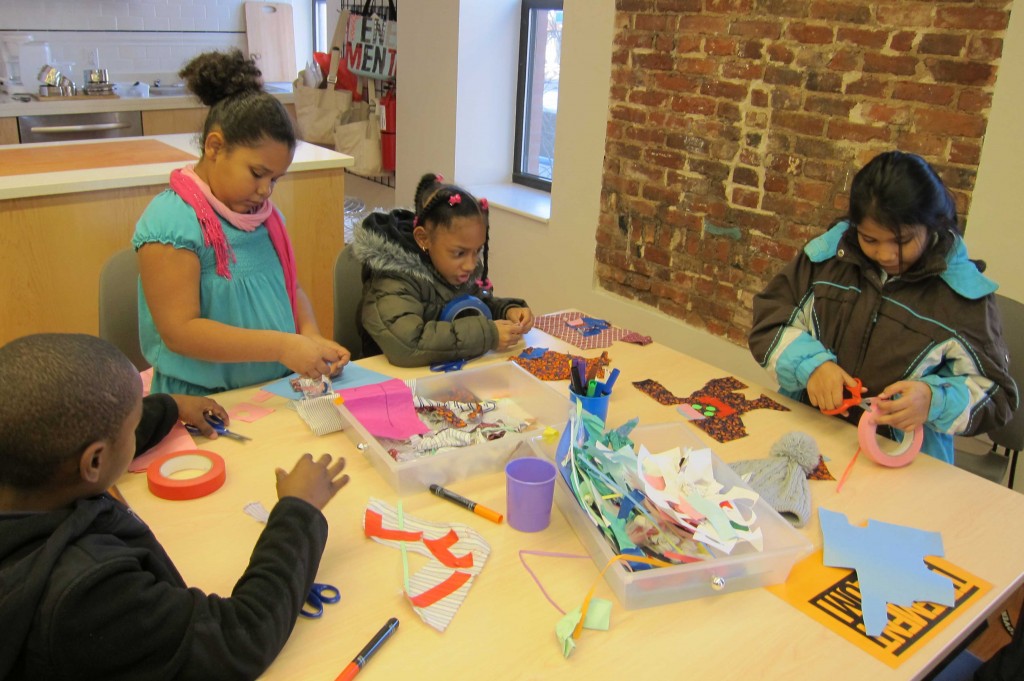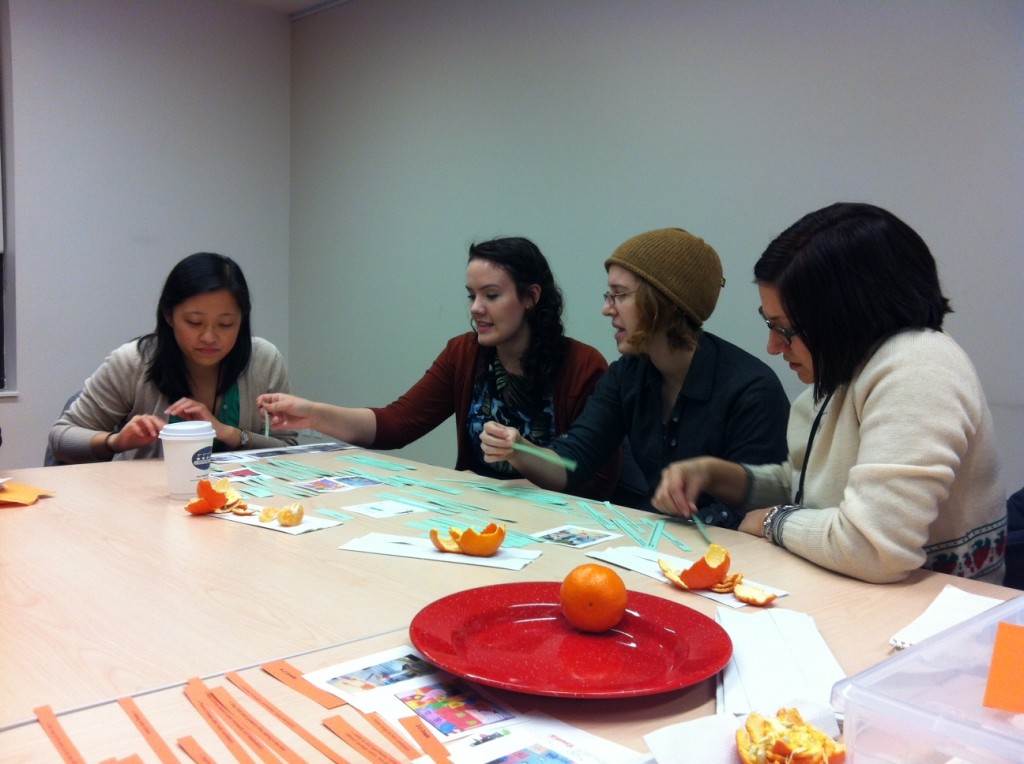Blog Archive
School-Group Connections
With a new year upon us, it’s a good time for reflection. And halfway through the school season is a great time to reflect on our programs for school kids. These programs are a big part of what we do here at the Tenement Museum—last year, 40,000 students visited us!
Monday through Friday, students from across the country (and the world!) explore the apartments of 97 Orchard Street. In one three-hour morning period, we might see a kindergarten class of 30 kids from the Bronx, followed by an eighth-grade class of 120 kids from Pennsylvania. These students will enter the same Levine family apartment, physically, but how will a six-year-old’s experience of an apartment from 1897 differ from a 13-year-old’s experience? How do we use an apartment to tell the same story in diverse ways so that we can connect to students of any age?
To explore the challenge of delivering age-appropriate tours, a group of ten educators here meets bimonthly. At these meetings, we develop activities for school tours and find creative ways to make history come alive for our students. We also bring in outside experts to add their insights. Last month, we met with museum education consultant Melanie Adsit. Melanie worked with us on child development theory and ways we can apply it to our students’ experiences at the Museum. We were given the task of sorting various skills and abilities into categories based on grade level. Some abilities seemed simple to sort. When do we refine our motor skills? That occurs between kindergarten and second grade, based on reflection of my own artwork at that age. When do we develop personal style? That’ll come between sixth and eighth grade.
Other developmental skills were harder to place. When do we start introspective thinking? When do we increase our response to social and political issues? The workshop generated some surprising ideas that led to a brainstorm of tour strategies. Since second-graders are developing both motor skills and personal relationships, they’ll enjoy pretending to carry a water bucket and thinking about family members’ interactions in living in a small apartments. Fourth-graders could already be interested in social issues, so on their tours we can present them with larger ideas of fairness in a workplace or a home. For high school students, we can create a safe space for debating controversial topics like discrimination.
We’re working all the time to better understand students’ point of view and more effectively help each of those 40,000 students make meaningful connections to the immigrant families of 97 Orchard Street. And when it comes to connecting with kids, a Justin Bieber reference doesn’t hurt either.
—Posted by Kathryn Lloyd

